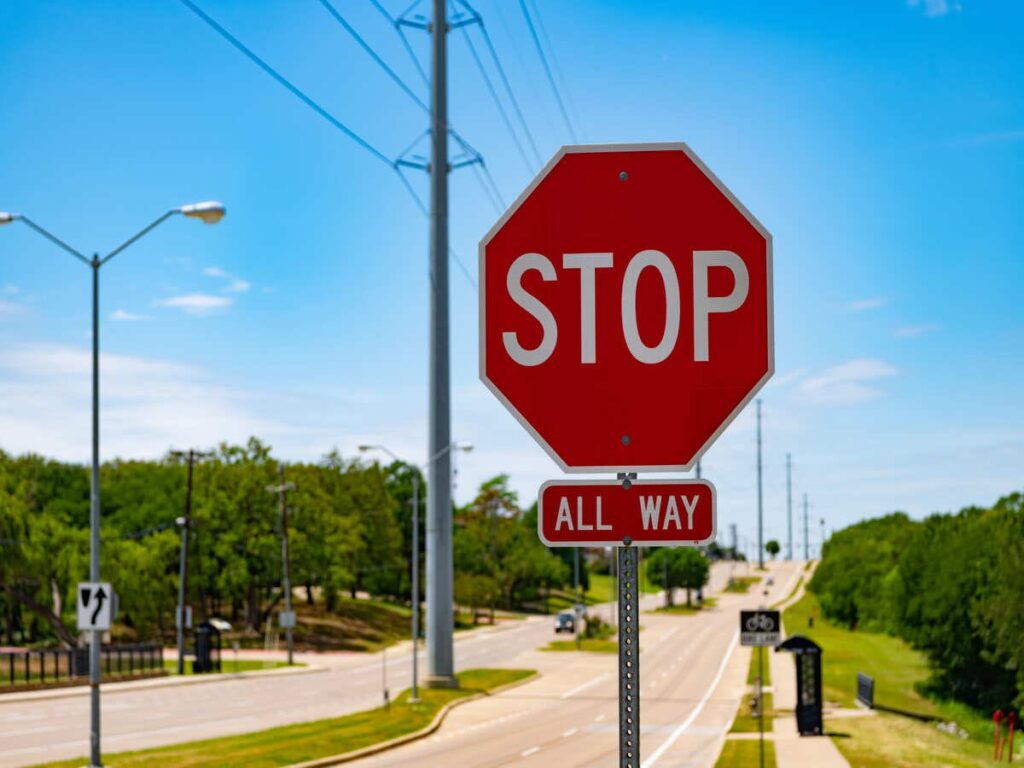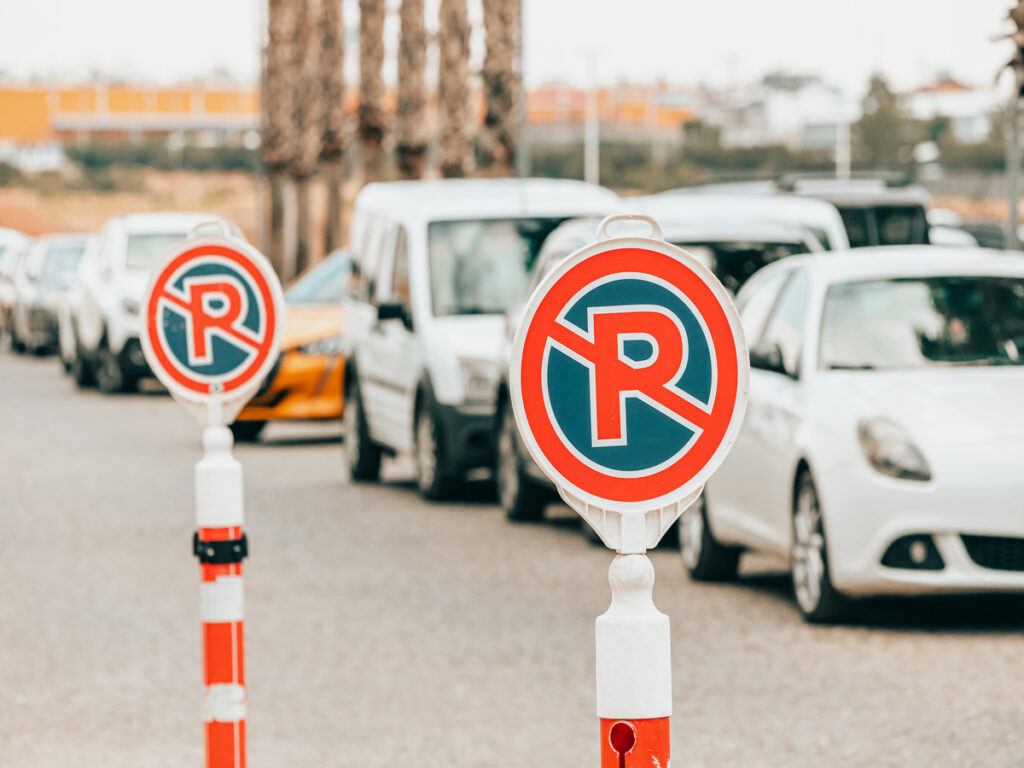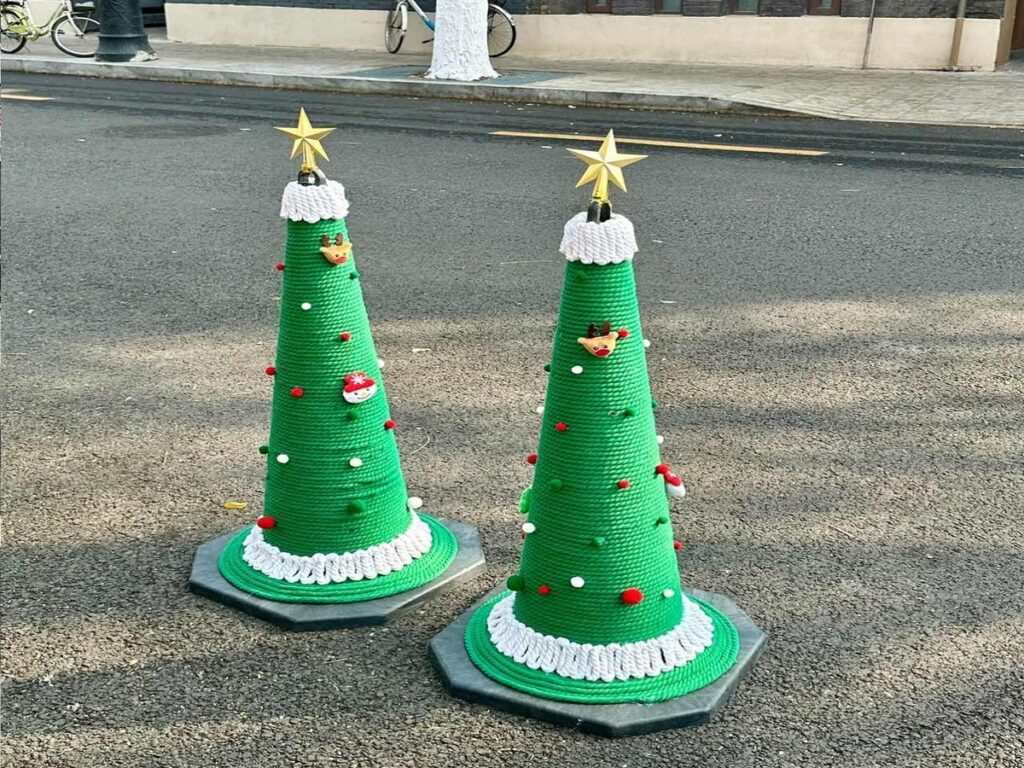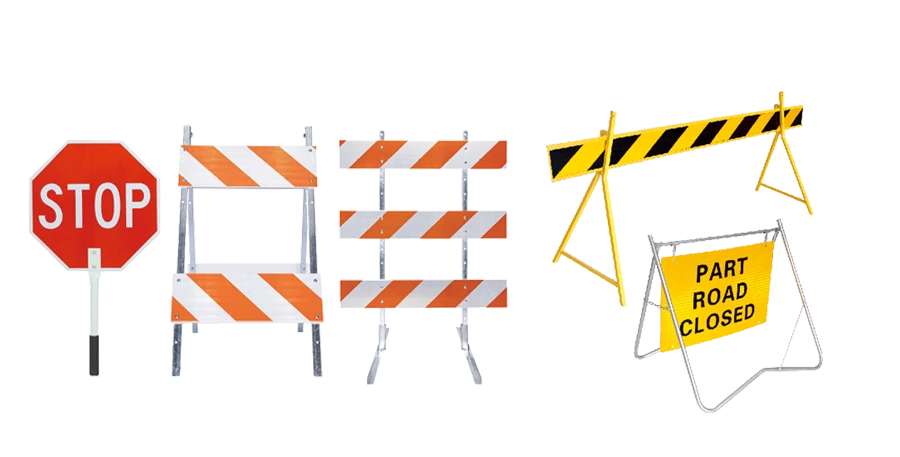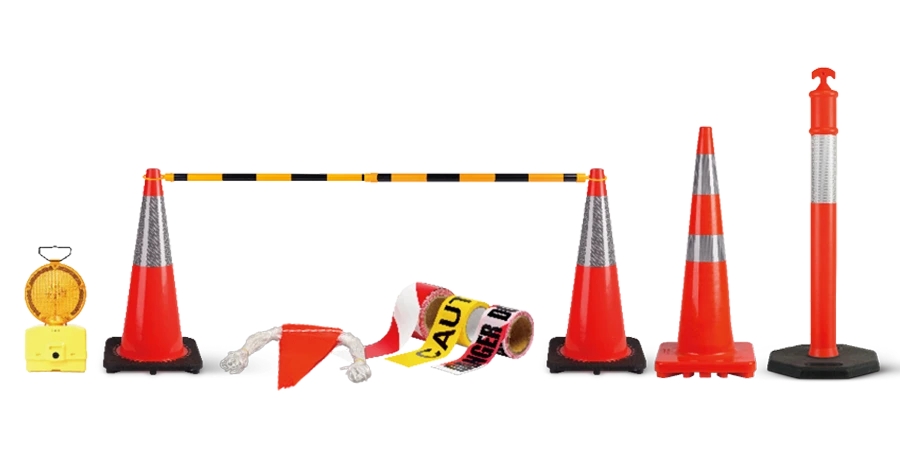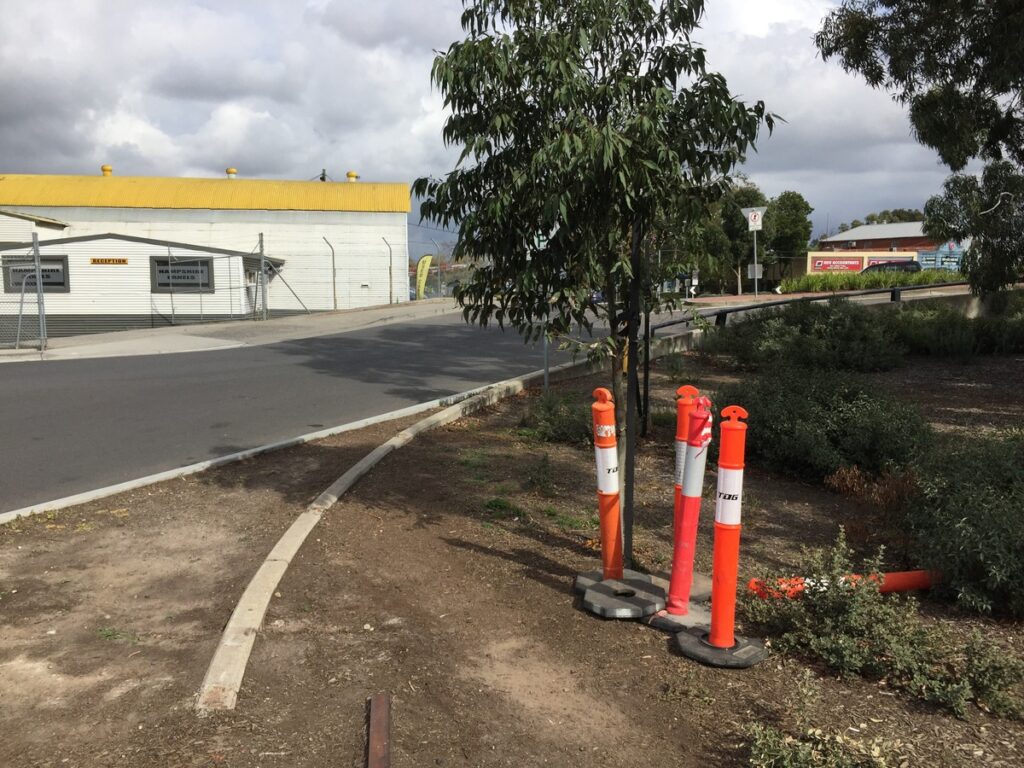
Os delineadores de estradas são importantes para manter as estradas seguras. Você costuma vê -los em zonas de trabalho, sites de colisão, ou áreas com mudanças temporárias de tráfego. Essas ferramentas ajudam a orientar os carros com segurança e evitar confusão ou perigo. Pesquisas mostram que os delineadores podem cortar acidentes de trânsito até 40%. Por exemplo, Um cruzamento movimentado da cidade teve 30% menos acidentes depois de adicionar delineadores plásticos flexíveis. Rodovias com delineadores reflexivos também tinham 35% Menos acidentes. Suas cores brilhantes e materiais brilhantes os tornam essenciais para a segurança rodoviária, dia e noite.
OPTRÁFEGO Oferece durável, alta visibilidade delineadores de estrada projetado para melhorar o fluxo de tráfego e reduzir acidentes. Feito de materiais flexíveis e equipado com superfícies reflexivas, Delineadores de tráfego optraffic à venda atender aos padrões de segurança para garantir a máxima visibilidade e eficácia, mesmo em condições desafiadoras.
Takeaways -chave
- Verifique os marcadores da estrada frequentemente para rachaduras, dano, ou desaparecendo. Encontrar problemas mais cedo ajuda a interromper acidentes e mantém as estradas seguras.
- Verifique se os marcadores permanecem retos e são constantes. Uma base forte ajuda os motoristas a vê -los claramente, especialmente em pontos ocupados.
- Altere os marcadores com peças reflexivas desbotadas ou maçantes. Marcadores brilhantes ajudam os motoristas a perceber os avisos melhor, diminuindo as chances de colisão.
- Veja os marcadores portáteis frequentemente. Desde que eles se movem, Eles podem quebrar facilmente, Portanto, os cuidados regulares são importantes para a segurança.
- Aperte os marcadores firmemente para impedi -los de tremer ou cair. Marcadores constantes guiam os motoristas com segurança através de zonas e perigos de trabalho.
Delineadores de estrada rachados ou danificados
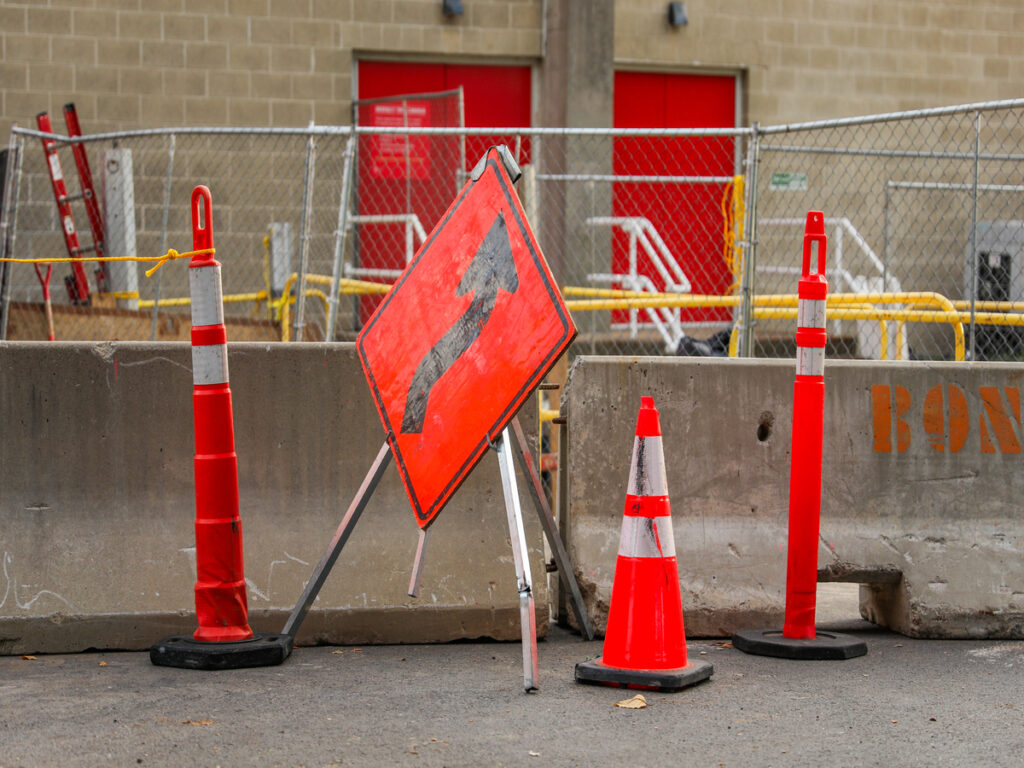
Por que rachaduras e danos são perigosos
Rachaduras ou danos nos delineadores de estradas os tornam menos úteis. Os quebrados podem cair ou se mover facilmente, causando confusão. Eles não guiam bem os motoristas, especialmente em lugares arriscados, como zonas de construção. Isso pode levar a acidentes e direção insegura. Rachaduras também tornam os delineadores portáteis mais fracos em mau tempo ou tráfego intenso.
Delineadores danificados perdem seus brilhantes, revestimento reflexivo necessário à noite. Sem isso, Os motoristas podem perder avisos ou dirigir em áreas perigosas. Por exemplo, em uma zona de construção escura, delineadores rachados com refletores desbotados podem causar Carros para entrar em espaços restritos. Isso coloca motoristas e trabalhadores em perigo.
Como identificar delineadores rachados ou danificados
Encontrar delineadores danificados cedo é importante para a segurança. Verifique -os para rachaduras, dentes, ou outros problemas visíveis. Procure sinais de desgaste que possam torná -los instáveis ou difíceis de ver. Verificações manuais simples podem testar se permanecerem na posição vertical e flexível sob pressão.
Para verificações mais profundas, As ferramentas podem encontrar danos ocultos dentro dos delineadores. Testes regulares também garantem que eles funcionem bem e fiquem seguros por muito tempo. A tabela abaixo mostra maneiras comuns de testá -las:
| Método de teste | Propósito |
|---|---|
| Verificações manuais | Teste a estabilidade e flexibilidade |
| Ferramentas avançadas | Encontre dano oculto dentro |
| Testes de rotina | Mantenha -os seguros e confiáveis ao longo do tempo |
Inspeções frequentes ajudam a identificar problemas iniciais. Procure cores ou refletores desbotados que não brilhem mais. Estes são sinais de que os delineadores precisam substituir. Corrigir esses problemas mantém rapidamente as estradas seguras e evita acidentes causados por delineadores quebrados.
Cores desbotadas ou materiais refletivos ineficazes
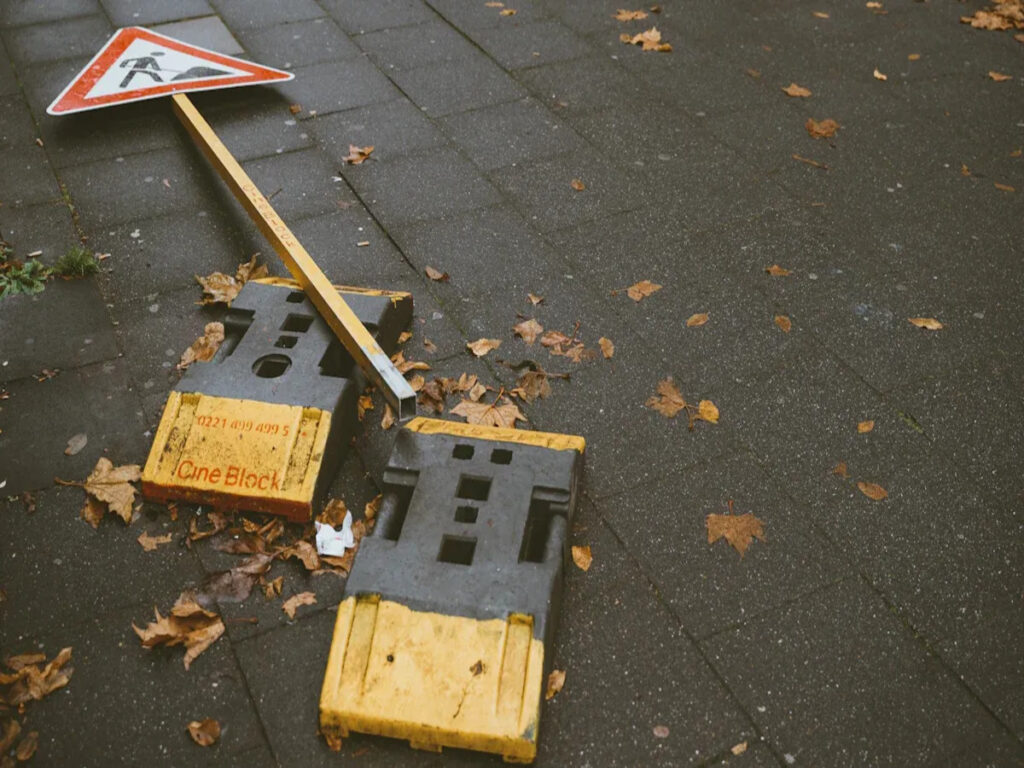
Por que a visibilidade é importante para a segurança rodoviária
Ser capaz de ver marcadores rodoviários é muito importante. Delineadores ajudam os motoristas mostrando pistas, zonas de trabalho, e pontos de perigo. Se suas cores desaparecer ou refletores, parem de funcionar, Eles se tornam menos úteis. Os motoristas podem perder esses avisos, especialmente à noite ou com mau tempo. Isso pode levar a mais acidentes.
Estudos provam que delineadores brilhantes menores riscos de acidentes. Por exemplo:
- Marcadores reflexivos facilitam a visão das estradas.
- Os motoristas podem identificar sinais de zona de trabalho mais rápido, evitando confusão e travamentos.
Delineadores desbotados tornam mais difícil para os motoristas ficarem seguros. Isso é arriscado em áreas movimentadas onde são necessárias escolhas rápidas. Manter os delineadores brilhantes e reflexivos os ajuda a fazer seu trabalho bem.
O que causa desbotamento e como identificá -lo
Muitas coisas fazem com que os delineadores de estradas desapareçam. Luz solar, chuva, e sujeira desgaste suas cores e refletores. Estradas movimentadas fazem isso acontecer mais rápido por causa da exposição constante. Pesquisas mostram que os refletores antigos apenas refletem 12% de luz em comparação com os novos. Isso os torna menos visíveis e menos seguros.
Você pode verificar se há problemas de desbotamento ou refletor facilmente. Procure descascamento, sujeira, ou refletores chatos. Para estradas rápidas, fitas prismáticas são mais brilhantes e funcionam melhor. Verificações regulares e substituição de peças gastas mantêm as estradas mais seguras. Os delineadores portáteis precisam de cuidados extras, pois são movidos com frequência e enfrentam condições difíceis.
Corrigindo esses problemas antecipadamente os delineadores de estradas úteis. Eles continuarão a orientar os motoristas e alertá -los em áreas perigosas, como zonas de construção.
Delineadores deformados ou inclinados
Problemas causados por deformação ou inclinação
Estrada deformada ou inclinada delineadores pode tornar as estradas inseguras. Quando eles se inclinam ou dobram, Eles param de orientar os motoristas corretamente. Isso pode confundir as pessoas, especialmente em lugares perigosos, como zonas de construção. Um inclinado delineador Pode apontar da maneira errada, Carros principais em áreas inseguras.
A deformação também os torna mais difíceis de ver. Os motoristas precisam ser retos, estrada na vertical delineadores Para saber para onde ir. Um dobrado muda como parece, tornando os avisos incertos. Por exemplo, em uma zona de construção escura, estrada distorcida delineadores pode dispersar a luz desigualmente. Isso os torna menos úteis e aumenta os riscos de acidentes para motoristas e trabalhadores.
Portátil delineadores são mais propensos a deformar porque eles são movidos com frequência. Verificar -os regularmente ajuda a mantê -los em boa forma e funcionar bem.
Causas comuns e detecção de delineadores distorcidos
Muitas coisas podem causar deformação ou inclinação. O tempo quente pode suavizar materiais, fazendo -os dobrar. Ventos fortes ou carros que os atingem também podem torná -los magros. Armazenamento portátil delineadores A maneira errada pode causar flexão permanente.
Você pode identificar delineadores de estrada distorcida, verificando sua forma. Procure por inclinação, flexão, ou formas estranhas. Verifique se suas partes reflexivas ainda funcionam bem. Um teste rápido é colocar um em uma superfície plana para ver se fica reto. Verificações regulares ajudam a encontrar problemas mais cedo para que você possa substituir a estrada danificada delineadores Antes que eles causem perigo.
Dica: Mantenha portátil delineadores em um frio, Lugar seco para evitar deformação e fazê -los durar mais tempo.
Bases soltas ou danificadas de delineadores de estradas
Por que as bases estáveis são importantes para a segurança do trânsito
Bases estáveis mantêm delineadores de estrada em pé e visível. Eles ajudam os motoristas a ver avisos claramente, Mesmo em condições difíceis. Isso é muito importante em áreas de tráfego em movimento rápido. Se as bases estiverem soltas ou quebradas, delineadores pode inclinar ou cair. Isso torna mais difícil para os motoristas evitar os perigos.
Partes reflexivas em delineadores Funciona melhor quando eles permanecem estáveis. Uma base forte ajuda os motoristas a avisar sinais à noite. Isso lhes dá tempo para reagir a zonas de construção ou outros avisos. Portátil delineadores, frequentemente usado temporariamente, Precisa de cuidados extras. Verificar suas bases geralmente garante que elas permaneçam firmes e não se inclinem ou balançam.
Dica: Sempre verifique portátil delineadores Antes de usá -los em áreas movimentadas. Uma base forte mantém os motoristas seguros e evita confusão.
Como identificar e consertar bases soltas ou quebradas
Bases soltas ou danificadas são fáceis de observar. Você pode ver delineadores inclinando -se ou caindo. Se eles tremer quando tocados, A base não está mais segura. Esses problemas significam o delineadores Não pode orientar os motoristas corretamente, especialmente em áreas ventosas ou movimentadas.
Ignorar esses problemas pode ser perigoso. Os motoristas podem entender mal para onde ir e entrar nas zonas inseguras. Em tráfego rápido, Isso pode causar acidentes ou lesões. Os avisos de construção também falham se delineadores Não fique de pé.
Inspeções mostram bases soltas geralmente falham em mau tempo ou depois de serem atingidas. A manutenção regular pode capturar esses problemas mais cedo. Verifique como as bases estão anexadas e verifique se elas são fortes. Corrigir esses problemas rapidamente mantém as estradas seguras e evita acidentes causados por instáveis delineadores.
Incapacidade de garantir delineadores adequadamente
Por que a colocação segura é crítica para a segurança rodoviária
Mantendo delineadores estável é a chave para a segurança rodoviária. Se eles balançarem ou cair, Eles não podem orientar bem os motoristas. Isso é especialmente perigoso em tráfego rápido ou mau tempo. Uma base forte os mantém na vertical, mesmo em ventos fortes ou depois de ser atingido. A estabilidade os ajuda a guiar carros e prevenir acidentes.
Seguro delineadores são mais fáceis de ver à noite. Eles refletem os faróis do carro, mostrando curvas nítidas ou zonas de trabalho. Se não for colocado corretamente, Eles podem cair ou mudar. Isso torna os avisos pouco claros e aumentam os riscos de acidentes. Por exemplo, em zonas de construção, solto delineadores pode confundir motoristas e causar condições inseguras.
Usando portátil delineadores em áreas movimentadas reduz os riscos. Os motoristas dependem deles para fazer escolhas rápidas. Isso é importante em lugares com mudanças ou perigos repentinos. Fixação delineadores os mantém firmemente úteis para orientar o tráfego e proteger todos.
Causas e identificação de delineadores inseguros
Muitas coisas podem fazer estrada delineadores instável. Instalação ruim, clima, ou acertos de carro são causas comuns. Ao longo do tempo, Seus prendedores podem se soltar, fazendo -os trêmulos. Delineadores portáteis se moveram frequentemente, são mais propensos a ter esses problemas.
Você pode identificar instável delineadores verificando suas bases. Procure oscilante, inclinado, ou caindo. Os cheques regulares são importantes, especialmente em áreas movimentadas ou tempestuosas. Essas condições as usam mais rápido. Inspecione os prendedores e apoios para encontrar problemas mais cedo. Corrigi -los ou substituí -los rapidamente evita acidentes.
Dica: Teste portátil delineadores no local para garantir que eles permaneçam estáveis. Esta verificação simples ajuda a prevenir acidentes e mantém os avisos claros.
Os delineadores de estrada quebrados tornam as estradas inseguras, causando confusão e baixa visibilidade. Verificar regularmente e substituir os danificados pode interromper os acidentes. Cuidar deles mantém os motoristas seguros e marca pontos perigosos claramente.
A tabela abaixo mostra como a verificação e fixação delineadores ajuda a segurança:
| O que verificar | Como ajuda a manter as estradas seguras |
|---|---|
| Estabilidade e posicionamento correto | Ajuda os motoristas a seguir a estrada com segurança, Especialmente em tráfego rápido, diminuindo os riscos de colisão. |
| Brilho e utilidade da superfície reflexiva | Importante para ver à noite ou com mau tempo, evitando acidentes e tornando as estradas mais seguras. |
Mantendo delineadores de estrada em boa forma, Você guia os motoristas melhor e mantém as estradas mais seguras para todos.
Perguntas frequentes
O que são delineadores de estradas usados para?
Os delineadores de estradas ajudam a guiar carros e pessoas em áreas temporárias. Eles mostram zonas de construção, pontos de acidente, e caminhos seguros. Essas ferramentas tornam as estradas mais seguras, dando sinais claros para seguir.
Com que frequência você deve inspecionar delineadores de estradas?
Verifique os delineadores da estrada com frequência, especialmente em áreas de clima ocupado ou ruim. Inspeções regulares mantêm -os funcionando bem para segurança no trânsito. Substitua os quebrados ou desbotados rapidamente para evitar acidentes.
Os delineadores de estrada podem ser reutilizados?
Sim, Muitos delineadores de estradas podem ser usados novamente. Os portáteis são feitos para uso em movimento e temporário. Armazenar e cuidar deles adequadamente os ajuda a durar mais tempo.
O que torna os materiais reflexivos sobre delineadores de estradas importantes?
Materiais reflexivos facilitam a ver os delineadores de estradas à noite ou com luz fraca. Eles ajudam motoristas e caminhantes a perceber riscos e caminhos seguros. Sem refletores, delineadores são menos úteis para segurança.
Como você garante delineadores de estradas adequadamente?
Para garantir delineadores de estradas, Verifique se suas bases são fortes e constantes. Isso os impede de cair em vento ou tráfego intenso. Colocá -los corretamente os mantém úteis para orientar o tráfego.

